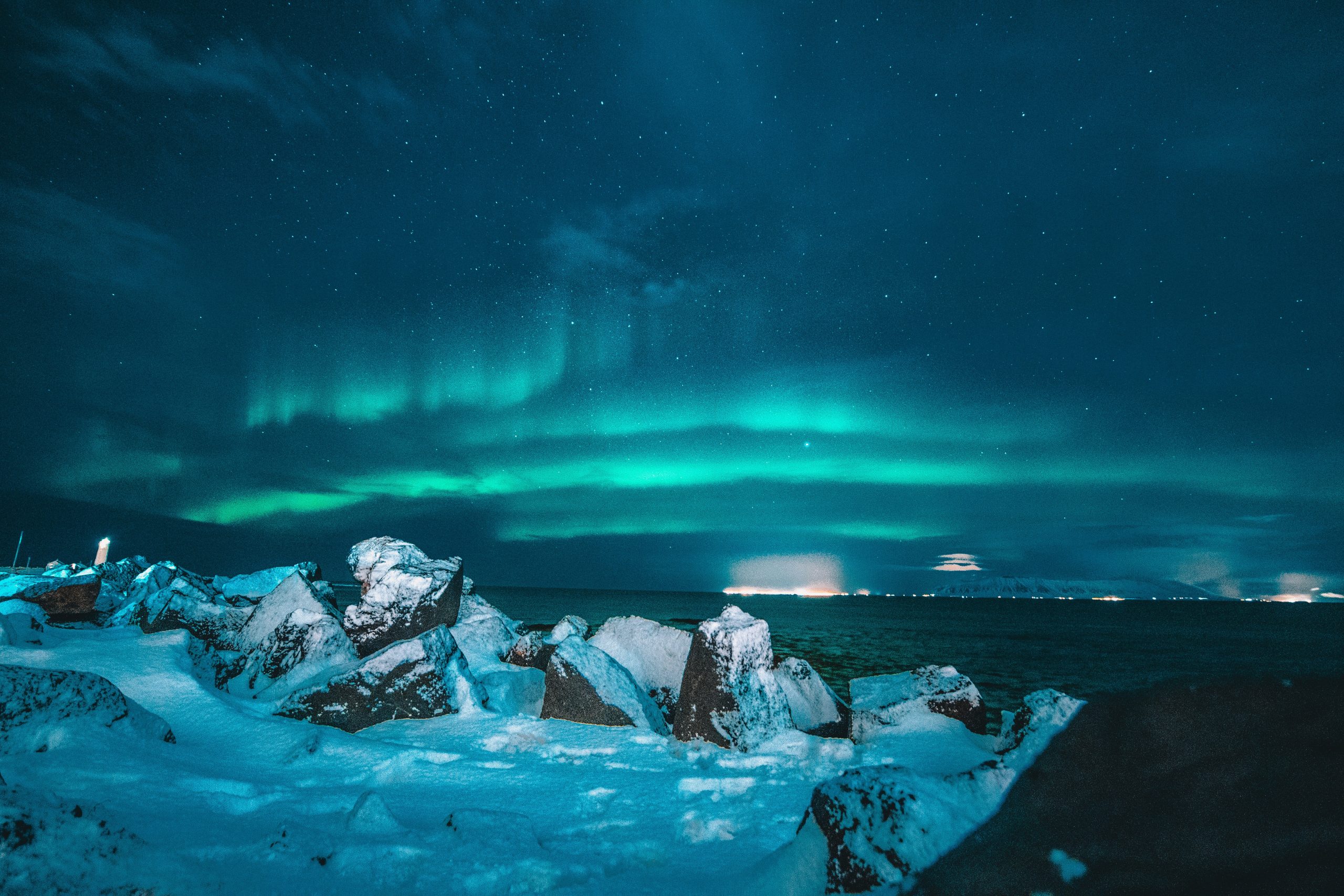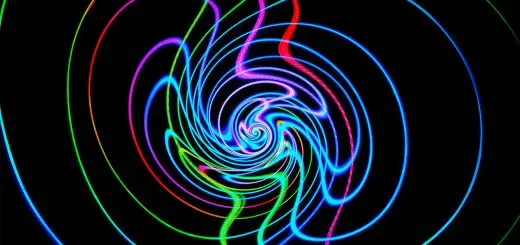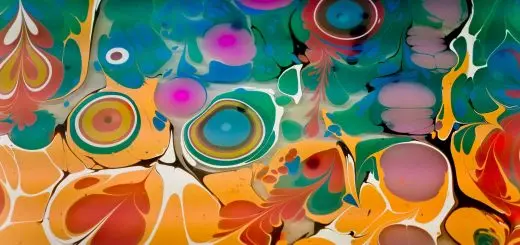Stunning Food Photography: Pro Tips

Looking for more amazing products? Check out our online store and explore our collection here! Happy shopping!
Before diving in, please note: This post is for informational purposes only. If you’d like to know more about how we approach topics, feel free to check out our friendly Disclaimer Page.
Hey there, amazing readers! 
We’re committed to delivering quality posts, and your support (even just sticking around despite the ads) means everything to us. So, bear with us, and thanks for helping us keep the good vibes rolling. Now, on to the fun stuff!
TRANSLATE BUTTON AT THE END OF THE ARTICLE
Introduction: The Art of Food Photography
Food photography is a captivating form of art that combines the beauty of culinary creations with the skill of capturing them in a visually appealing way.
It is not just about taking pictures of food; it is about creating images that evoke a sensory experience and make the viewer crave the dish.
Stunning food photography can make mouths water and inspire people to try new recipes or visit a restaurant.
Whether you are a professional food photographer or an amateur looking to enhance your skills, there are various techniques and tips that can help you take your food photos to the next level.
Understanding Lighting Techniques
Lighting is one of the most crucial aspects of food photography.
Proper lighting can make your dish look appetizing and enhance its textures and colors.
Natural light is often considered the best option for food photography as it provides a soft, diffused light that accentuates the details of the food.
When shooting indoors, position your subject near a window or use a light reflector to bounce light onto the dish.
Avoid harsh overhead lighting or direct sunlight, as they can create unflattering shadows and highlights.
Experiment with different lighting setups to find the one that works best for your specific dish and style.
Choosing the Right Props
Props play a significant role in food photography as they help set the scene and create a mood for your photos.
Select props that complement the colors and textures of the dish without overpowering it.
Consider using plates, utensils, napkins, and other items that match the theme or cuisine of the food you are photographing.
Textured surfaces, such as wooden boards or linen cloths, can add depth and interest to your compositions.
Keep in mind that less is often more when it comes to props; too many distractions can take away from the main focus, which should be the food itself.
Composition and Styling Tips
Composition is key in food photography, as it dictates how the elements in the frame interact with each other.
Use the rule of thirds to create a balanced and visually appealing composition.
Place the main subject off-center to add interest and draw the viewer’s eye into the image.
Pay attention to lines, shapes, and negative space to create dynamic compositions.
Experiment with different angles, such as overhead shots or close-ups, to find the most flattering perspective for your dish.
Consider the visual flow of the image and arrange the elements in a way that leads the viewer through the scene.
Utilizing Different Angles
Exploring different angles can help you capture the essence of the dish and highlight its unique features.
Try shooting from a low angle to showcase the height and texture of stacked foods, or experiment with a bird’s eye view for flat lays and overhead shots.
Close-up shots can emphasize the details and textures of the food, while wide-angle shots can capture the entire scene and set the context.
Be creative with your angles and don’t be afraid to try unconventional perspectives to make your photos stand out.
Importance of Color and Texture
Color and texture are essential elements in food photography that can make your images pop.
Pay attention to the color palette of the dish and use contrasting colors to create visual interest.
Vibrant ingredients, such as fresh herbs or colorful fruits, can add a burst of color to your photos.
Texture is also crucial in food photography, as it can convey the sensory experience of eating the dish.
Discover "SUPERFOODS: The Key to Health and Balance
"
Showcase the crispy crust of a pie or the silky smoothness of a soup to make your audience crave the food.
Enhancing Food Presentation
Food presentation is a critical aspect of food photography that can make or break a shot.
Take the time to arrange the dish neatly and thoughtfully on the plate, considering factors such as symmetry, balance, and proportion.
Garnishes, sauces, and drizzles can add a finishing touch to the presentation and enhance the visual appeal of the dish.
Pay attention to details such as droplets of water on a glass or steam rising from hot food, as they can add a sense of freshness and movement to the image.
Capturing Details and Close-ups
Details matter in food photography, as they can elevate a simple dish into a work of art.
Zoom in on specific elements of the dish, such as a sprinkle of salt, a drizzle of olive oil, or a sprinkle of herbs, to showcase their beauty and texture.
Close-up shots can create intimacy and draw the viewer’s eye to the most appetizing parts of the food.
Focus on the small details that make the dish special, whether it’s the flaky layers of a pastry or the glistening glaze on a dessert.
Tips for Editing and Post-processing
Editing is an essential step in food photography that can enhance the colors, contrast, and overall look of your images.
Use editing software such as Adobe Lightroom or Photoshop to adjust exposure, white balance, and saturation to make the food appear as appetizing as possible.
Avoid over-editing your photos, as this can make them look unnatural and unappealing.
Pay attention to details such as sharpening, noise reduction, and cropping to refine your images and make them look polished and professional.
Equipment Essentials for Food Photography
While a fancy camera and expensive lenses can help improve the quality of your food photos, you don’t need top-of-the-line equipment to take stunning images.
A DSLR or mirrorless camera with a macro lens is ideal for capturing intricate details and textures in close-up shots.
A tripod can help stabilize your camera and ensure sharp images, especially in low-light conditions.
Consider investing in a reflector or diffuser to control the lighting and eliminate harsh shadows.
Experiment with different lenses and accessories to find the right setup that works for your style of food photography.
Setting the Scene: Backgrounds and Surfaces
The background and surfaces you choose for your food photography can significantly impact the overall look and feel of your images.
Opt for simple, neutral backgrounds that don’t compete with the colors and textures of the food.
Wooden boards, marble slabs, and textured fabrics can add depth and interest to your compositions.
Consider using props such as fresh ingredients, herbs, or kitchen tools to enhance the storytelling aspect of your photos.
Experiment with different backgrounds and surfaces to find the ones that best complement the style and mood you want to convey.
Conclusion
In conclusion, stunning food photography is a blend of artistry, technique, and creativity.
By understanding lighting techniques, choosing the right props, mastering composition and styling, and utilizing different angles, you can capture mouth-watering images that showcase the beauty of food.
Pay attention to color and texture, enhance food presentation, and focus on capturing details and close-ups to make your photos stand out.
Remember to edit your images thoughtfully, invest in essential equipment, and carefully select backgrounds and surfaces to create visually appealing compositions.
With practice and dedication, you can unlock the secrets of food photography and take your skills to the next level.
So grab your camera, experiment with different dishes, and let your creativity shine through in your food photography journey!

The Enlightenment Journey is a remarkable collection of writings authored by a distinguished group of experts in the fields of spirituality, new age, and esoteric knowledge.
This anthology features a diverse assembly of well-experienced authors who bring their profound insights and credible perspectives to the forefront.
Each contributor possesses a wealth of knowledge and wisdom, making them authorities in their respective domains.
Together, they offer readers a transformative journey into the realms of spiritual growth, self-discovery, and esoteric enlightenment.
The Enlightenment Journey is a testament to the collective expertise of these luminaries, providing readers with a rich tapestry of ideas and information to illuminate their spiritual path.
Our Diverse Expertise
While our primary focus is on spirituality and esotericism, we are equally passionate about exploring a wide range of other topics and niches 

To ensure we provide the most accurate and valuable insights, we collaborate with trusted experts in their respective domains 
Our blog originally focused on spirituality and metaphysics, but we’ve since expanded to cover a wide range of niches. Don’t worry—we continue to publish a lot of articles on spirituality! Frequently visit our blog to explore our diverse content and stay tuned for more insightful reads.
Hey there, amazing reader! 
Check out our store here and take a peek at some of our featured products below! Thanks for being awesome!













